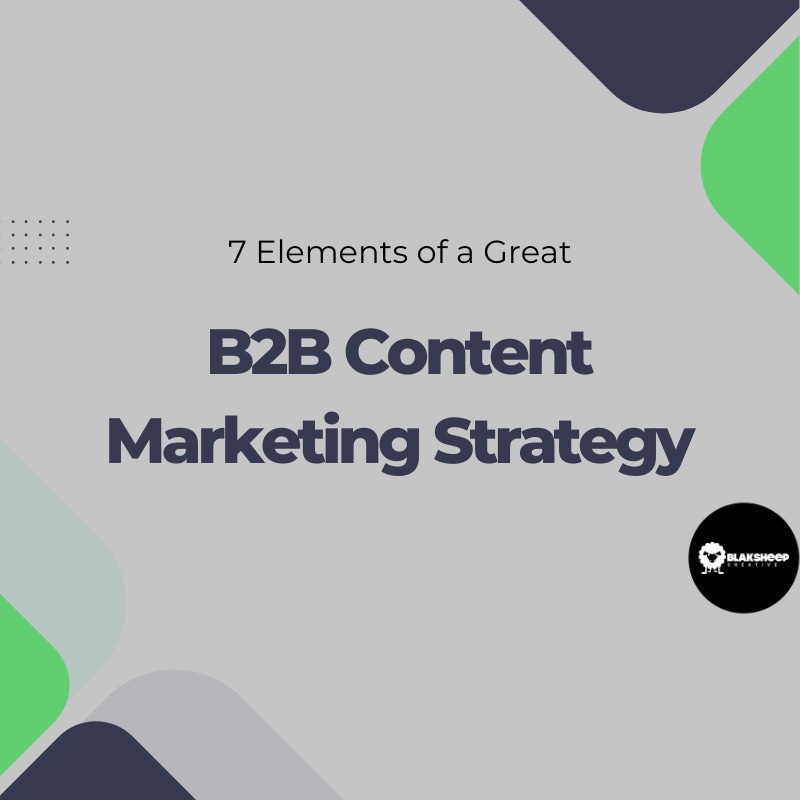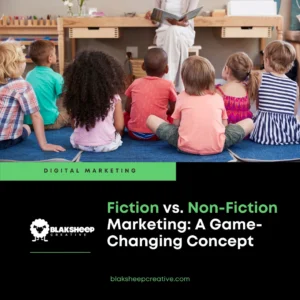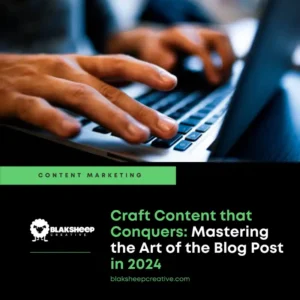If you’re like most business owners, you know that content marketing is a must-do.
But what are the key elements of a great B2B content marketing strategy?
Content marketing is essential for business owners. It helps them create content that customers will like and that will help conversions. There are seven critical things to think about when creating a content marketing strategy, and this article tells you what they are.
This article will cover the seven essential things you need to think about when creating a content marketing strategy.
A great B2B content strategy can help business owners engage customers and drive conversions. In fact, according to DemandMetric, “Companies with blogs produce an average of 67% more leads monthly than companies that don’t blog.”
So, what are the key elements of a great B2B content marketing strategy?
1. Start with your buyer personas.
Most business owners know that they need to create content for their target audience. But what many don’t realize is that they need to start by creating buyer personas.
A buyer persona is a detailed description of your ideal customer. It includes their demographics, interests, needs, and pain points.

Creating buyer personas will help you create content tailored to your target audience. It will also help you determine what kind of content they are looking for and where they are looking for it.
2. Do your keyword research.
Keyword research is another essential element of a great B2B content marketing strategy. Keyword research will help you determine what kinds of content to create and how to optimize it for the search engines.
When doing your keyword research, be sure to use long-tail keywords. Long-tail keywords are three or four keyword phrases specific to your product or service.
They are more likely to be used by people who are further along in the buying cycle (further down your sales funnel) and are thus more likely to convert.
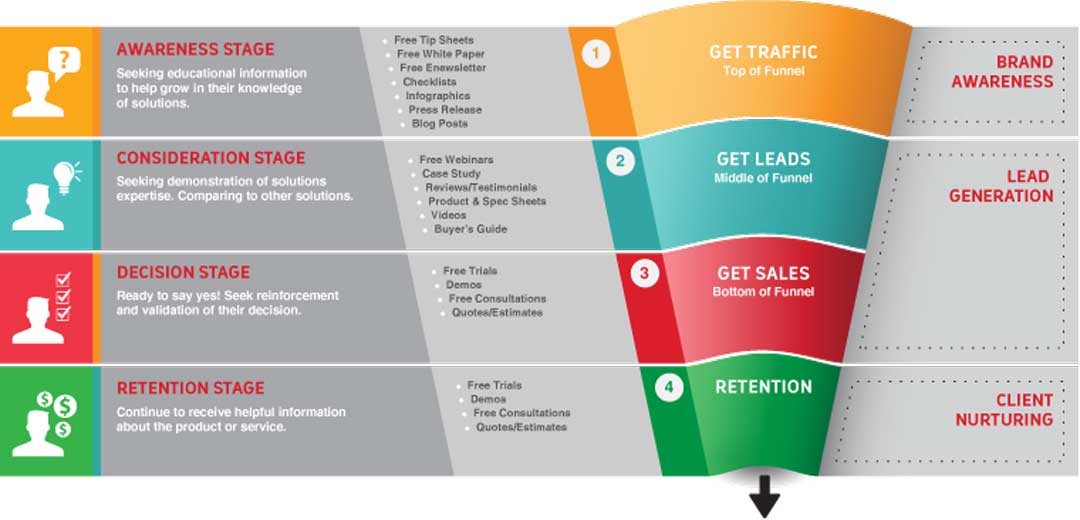
3. Create a content calendar
Creating a content calendar is a great way to stay organized and on track with your B2B content marketing strategy. A content calendar will help you plan and schedule your content in advance.
It will also help you ensure that your content is timely and relevant to your buyer personas.
Get Your Free Content Calendar
Complete the form below to get access to a secret download link.
4. Create your content
Here we are – it’s time to create your content! But what kind of content should you create?
The answer to this question will vary depending on your buyer personas and your keywords. But some great options for B2B content include blog posts, ebooks, infographics, case studies, webinars, and white papers.
No matter what type of content you create, make it high-quality and informative.
Follow these tips when crafting your content, and you’ll be sure to create something that your audience will love:
Your content should be relevant to your target audience.
Remember all that time you spent in the beginning creating buyer personas? Well, it’s time to put that research to good use.
Your content should be relevant to your target audience and their needs. If you’re not sure what kind of content will be appropriate, take a look at your buyer persona’s pain points.
Creating content that addresses these pain points is a great way to show your audience that you understand their needs. This leads up straight into our next tip…
Your content should be useful and helpful.
Your content should be more than just a pretty face – it should be useful and helpful.
This means that your content should provide value to your reader. It should teach them something or help them solve a problem.
If your content is beneficial, your readers will be more likely to share it with their friends and colleagues.
It should solve a problem or meet a need.
As we mentioned before, your content should be useful and helpful. But it should also solve a problem or meet a need.
Your buyer persona likely has pain points that they are looking to solve. By creating content that addresses these pain points, you can show your audience that you have the solution they are looking for.
Your content should be well-written and error-free
No one wants to read poorly written or error-filled content. If you want people to read and share your content, make sure it’s well-written and free of grammatical or spelling errors.

If writing isn’t your strong suit, consider hiring a professional writer to help you create high-quality content.
Your content should be original and interesting.
Your content needs to be both original and interesting to be successful.
There’s nothing worse than reading the same old thing over and over again. If you want your content to stand out, make sure it’s something that your audience will find both useful and interesting.
Boring and outdated website #content is a surefire way to drag down web traffic and new business leads.
— Isaac Ssebadduka (@isaacsebadduka) June 18, 2019
via @optibrave @PeterElit cc.@iamdesireaka#digitalmarketing #contentmarketing #Website #branding #contentcreation #Sales pic.twitter.com/UC8Jzu4dCT
Business owners don’t want to read another “7 ways to improve your business” blog post. But they might be interested in reading a case study about how you helped another business owner improve their bottom line.
By creating original and exciting content, you can help your business stand out from the rest.
Your content should be visually appealing.
In addition to being well-written, your content (and website) should also be visually appealing. People are more likely to read and share content that is easy on the eyes.
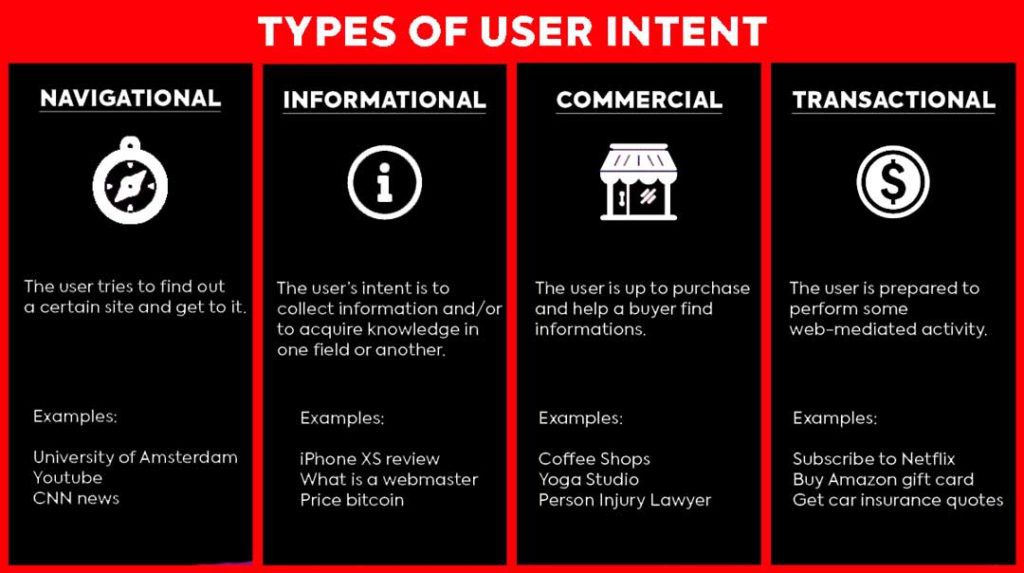
So, add images, infographics, and videos to your content to make it more visually appealing (like the infographic above).
It should be updated regularly.
If you want your content to be successful, you need to keep it updated regularly. This means that you should regularly add new blog posts, infographics, case studies, etc.
By keeping your content updated, you can show your audience (and Google!) that you are an authority in your industry.
It should be shareable.
If you want your content to be successful, you need to make sure it’s shareable.
This means that you should include social sharing buttons on your content. That way, your readers can easily share your content with their friends and colleagues.
The more shareable your content is, the more likely it is to be successful.
It should include Calls to Action.
Uhh, what’s a call to action? A call to action (or CTA) is simply a request for your readers to take some kind of action.
For example, you might include a CTA at the end of your blog post that asks your readers to share the post with their friends.
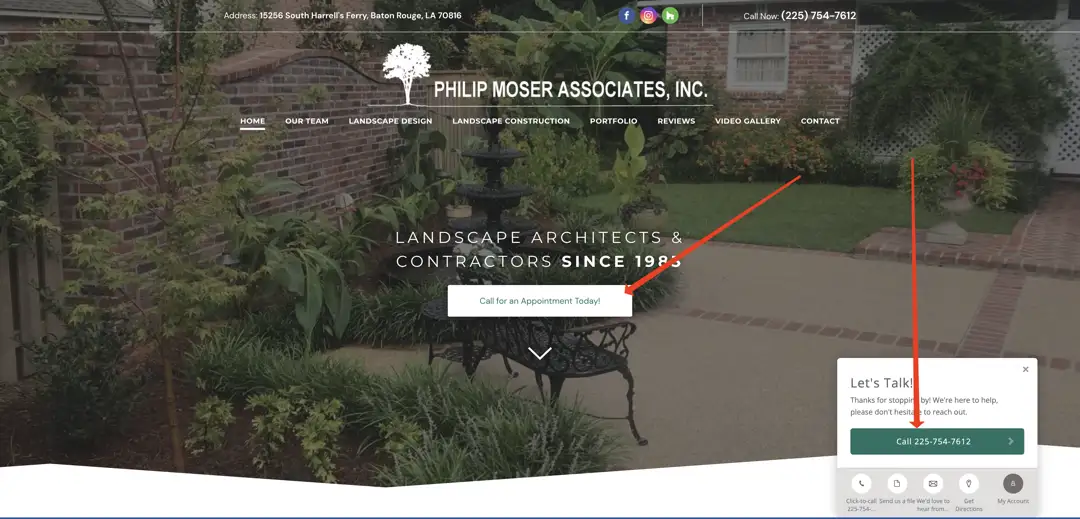
Or, you might include a CTA in your email newsletter that asks your subscribers to click through to your website.
Including CTAs in your content is a great way to encourage your readers to take action. And the more actions they take, the more likely they are to convert into customers or clients.
Ok, so now you’ve written the perfect blog post, Facebook Post, Instagram Story, etc. But how do you make sure that as many people see your content as possible?
By creating a content marketing strategy, of course!
5. Create a content marketing strategy
A content marketing strategy is a plan for how you will create, publish, and promote your content.
Creating a content marketing strategy might sound like a lot of work. But it’s not that difficult. And it’s definitely worth the effort.
Here are a few things to keep in mind when creating your content marketing strategy:
Your strategy should be tailored to your audience.
The first step in creating a content marketing strategy is to tailor it to your audience. You need to understand your target audience and what they want to see from you.
Once you understand your audience, you can create content that appeals to them.
Your strategy should be realistic.
Your content marketing strategy should be realistic. This means that you need to set achievable goals.
For example, don’t set a goal to publish one blog post per day if you know that you can’t actually commit to that. It’s better to set a goal of publishing one blog post per week and actually achieving it.
Your strategy should be flexible.
Your content marketing strategy should be flexible. This means that you need to be willing to change your plans if they’re not working.
For example, if you find that your blog posts are getting very little traffic, you might want to try a different approach. Perhaps you could start creating more visual content, like infographics and videos.
By being flexible, you can ensure that your content marketing strategy is always working to its fullest potential.
6. Promote your content
Once you’ve created your content, it’s time to promote it.
There are several ways to promote your content. But the best way to promote it is to use a mix of methods.
Here are a few ideas to get you started:
Share your content on social media.
One of the best ways to promote your content is to share it on social media. This will help you reach a larger audience and get more people to see your content.
When sharing your content on social media, use hashtags and images. This will make your content more discoverable and increase people’s chances of seeing it. Please don’t hijack other people’s hashtags, that will likely backfire.
Include a link to your content in your email signature
Another great way to promote your content is to include a link to it in your email signature. This is a great way to get more people to see your content and click through to your website.
Also, if you’re doing any email marketing, consider linking to your content there also.
Submit your content to directories and forums
You can also promote your content by submitting it to directories and forums. This will help you get more exposure for your content and also help you build links.
7. Analyze and optimize your content
It’s essential to analyze your content to see what’s working and what’s not. You can use Google Analytics to track your traffic and see which pieces of content are getting the most views.
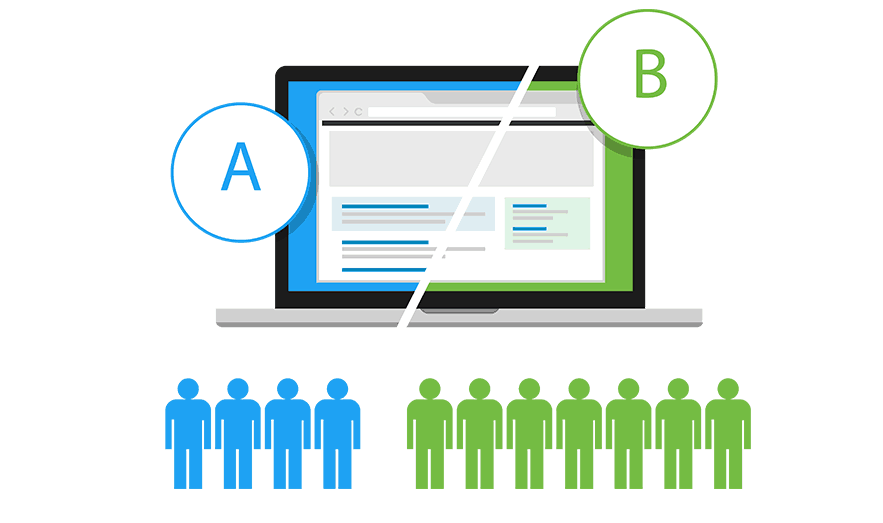
You can also use A/B testing to test different versions of your content to see which ones are more effective.
Well, there you have it! These are just a few things you need to do to create and promote great content. By following these tips, you can ensure that as many people see your content as possible.
Key Takeaways
- Tailor your content marketing strategy to your audience.
- Set achievable goals for your content marketing strategy.
- Make your content marketing strategy flexible.
- Promote your content using a variety of methods.
- Analyze and optimize your content.
So, what do all of these tips have in common? They’re all things you need to do to create and promote great content. By following these tips, you can create content that’ll help you grow your business.
Remember, the key to creating a successful content marketing strategy is to tailor it to your audience, set achievable goals, make it flexible, promote it using various methods, and analyze and optimize your content. By following these tips, you can create content that will resonate with your audience and help you achieve your business goals.
If you’re looking to create great content that will resonate with your audience and help you achieve your business goals, we can help. We are a team of experienced content marketers who know how to create content that will help you reach your target audience. Visit our content marketing services page to learn how we can help.
Contact us today to learn more about our services and how we can help you achieve your content marketing goals.
